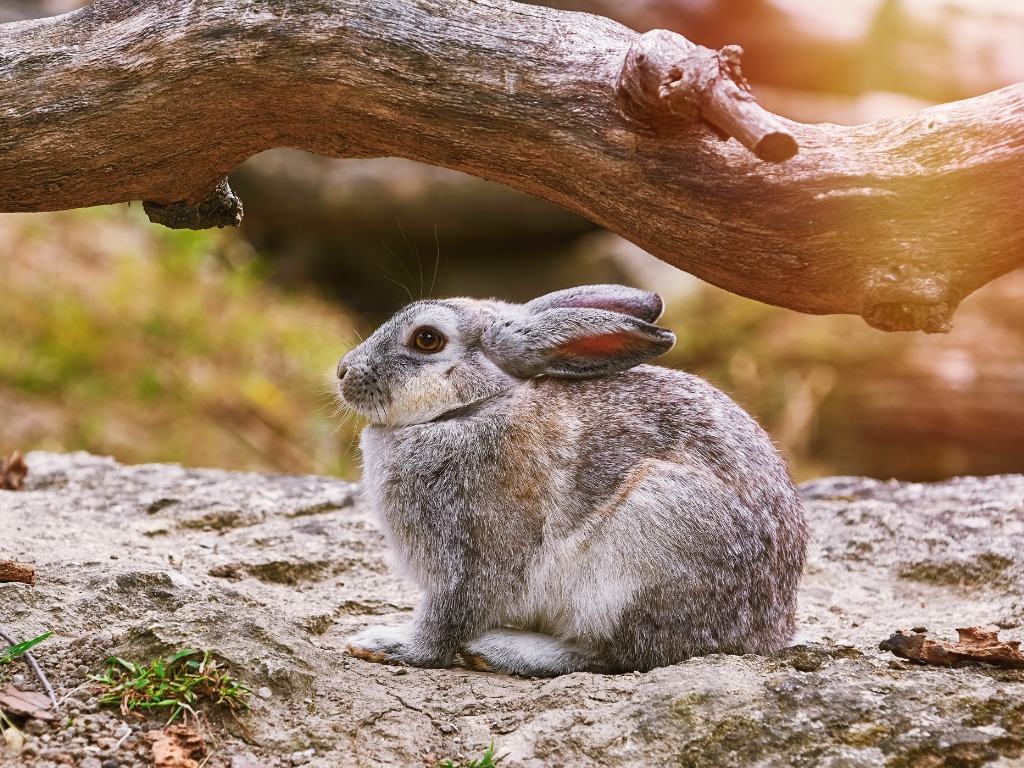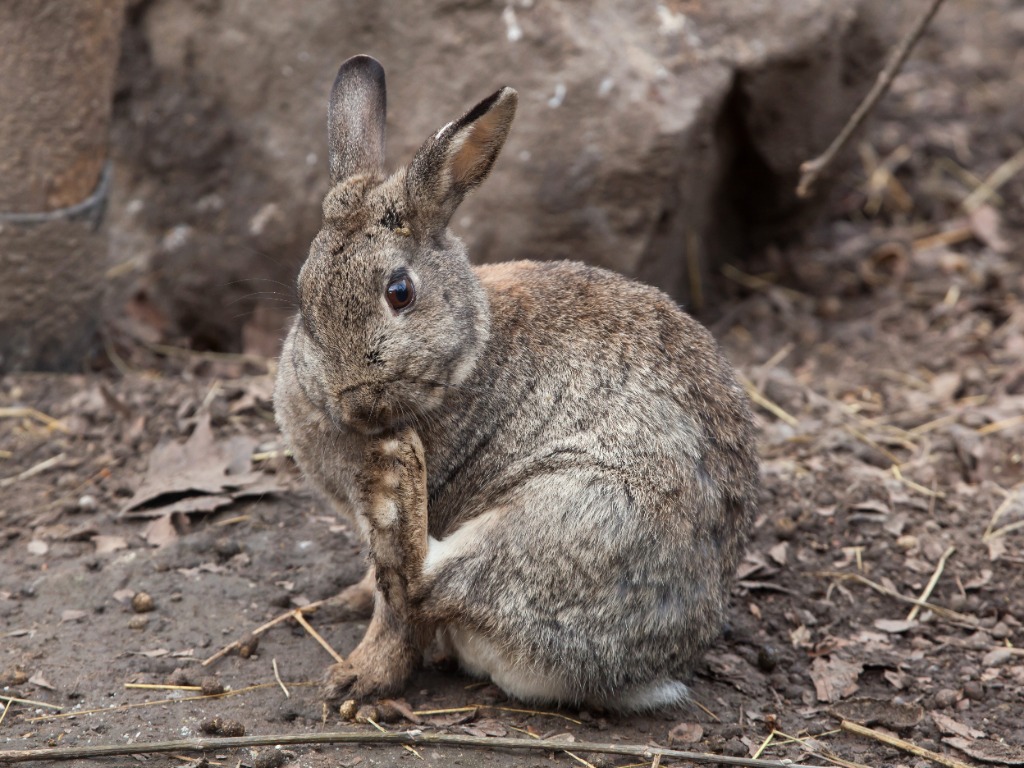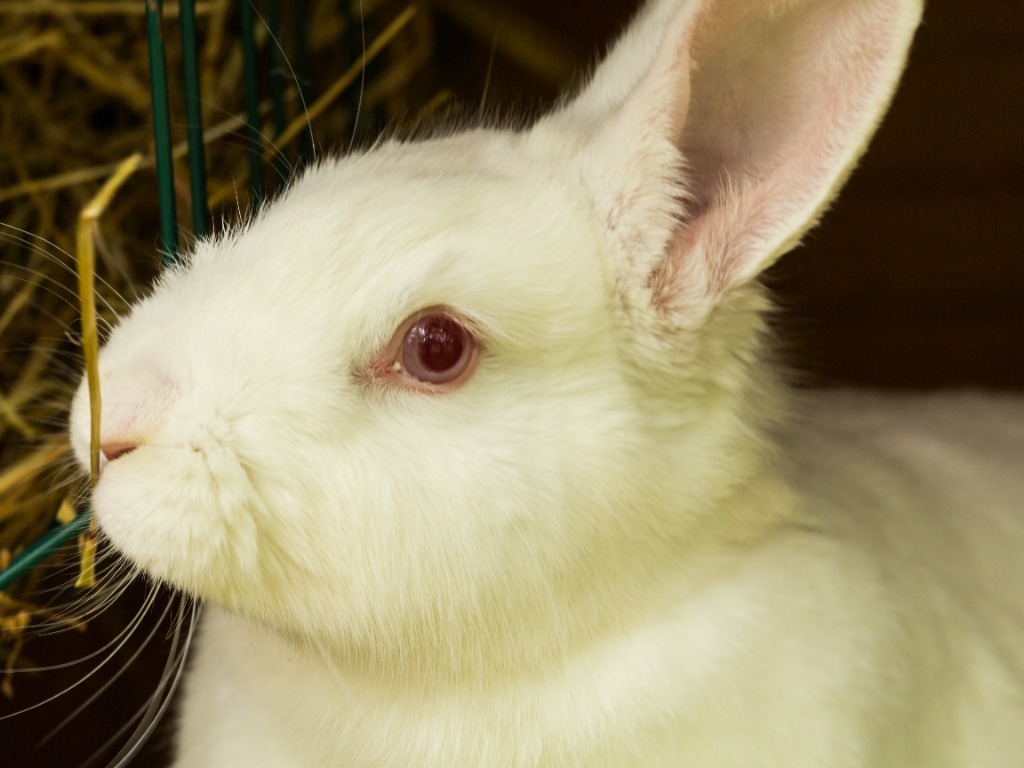Why are Dutch Rabbits Called Dutch? An Explanation
Dutch rabbits are a popular breed of domestic rabbits originating in the Netherlands. They are known for their distinctive markings and colors, which make them easily identifiable. However, many people wonder why they are called Dutch rabbits.

The name “Dutch” likely comes from the fact that the breed was first recognized in the Netherlands in the early 19th century. At that time, rabbits with similar markings were also found in other parts of Europe, including France and Belgium. However, the Dutch developed the breed to the point where it became a distinct type of rabbit.
While the exact reason for the name is unclear, the Dutch rabbit was likely named after its country of origin. Over time, the breed became popular in other parts of Europe and eventually made its way to England, where it was further developed and refined. Dutch rabbits are a popular pet breed worldwide, known for their friendly nature and distinctive appearance.
History of Dutch Rabbits
Origins of Dutch Rabbits
Dutch rabbits, also known as Hollander or Brabander, are one of the oldest domesticated rabbit breeds in the world. They were first developed in the Netherlands in the mid-19th century by breeding the Petit Brabacnon breed, originally bred for food. Breeders noticed that some rabbits had distinct Dutch markings and began breeding them for their unique appearance.
The popularity of Dutch Rabbits
Dutch rabbits were once the most popular of all rabbit breeds. However, after dwarf rabbits were developed, their popularity dwindled. Despite this, Dutch rabbits remain popular among rabbit enthusiasts and are still recognized by the American Rabbit Breeders Association.
The National Pet Stock Association, the forerunner of the American Rabbit Breeders Association, recognized Dutch rabbits as one of the first rabbit breeds in 1910. The breed’s popularity continued to grow, and by the 1920s, Dutch rabbits were one of the most commonly kept rabbit breeds in the United States.
In the 1950s, Dutch rabbits experienced a resurgence in popularity due to their unique markings and friendly temperament. Today, Dutch rabbits are still popular among rabbit enthusiasts and are often kept as pets or shown in rabbit shows.
Physical Characteristics of Dutch Rabbits
Dutch rabbits are a domestic breed of rabbits that are known for their unique color pattern. They have compact body with large, erect ears that are well-furred. Their hind legs are long and strong, which makes them hop rather than walk. They also have long claws for traction and fur on the bottom of their feet for warmth.

Coloring of Dutch Rabbits
The most notable characteristic of Dutch rabbits is their distinctive color pattern. The front half of their bodies are white, while the back half of their bodies, their ears, and around their eyes are darker. The most common color is black, but they can also be blue, chocolate, gray, and steel. The wedge of white over their nose arrives at a point at the top of their head.
Size of Dutch Rabbits
Dutch rabbits are small to medium-sized animals with an average weight of 4-5 pounds and an average length of 14-16 inches. They have short, straight ears and soft fur. Their unique color pattern makes Dutch rabbits easy to recognize.
In conclusion, Dutch rabbits are a unique breed known for their distinctive color pattern and compact body. They have long, strong hind legs that make them hop rather than walk. Their size and appearance make them popular with pet owners and breeders.
Temperament of Dutch Rabbits
Dutch rabbits are known for their friendly and gentle temperament. They are easygoing and get along well with other pets, making them an excellent choice for families with children. Dutch rabbits are also social animals and prefer a companion rabbit to share life with.
Despite their friendly nature, it is important to note that some dog breeds have instincts to hunt rabbits, which could be hard to overcome even with early socialization. Therefore, it is recommended to supervise any interactions between a Dutch rabbit and a dog.
Dutch rabbits are also commonly used for showing due to their unique markings. They make challenging show rabbits because of their fine bone structure and high dress-out percentage.
Each Dutch rabbit will have its unique personality, with some being more social than others. Time and patience will help create a loving bond with your pet rabbit. Dutch rabbits have an average life expectancy between 6-9 years, making them a long-term commitment for any potential owner.
Breeding and Care of Dutch Rabbits

Breeding Dutch Rabbits
Breeding Dutch rabbits is relatively easy as they are known to be quite promiscuous. However, breeding them only if there is a demand for the offspring is recommended, as they can quickly multiply in numbers. It is important to note that breeding should only be done between a male and a female rabbit.
When breeding Dutch rabbits, providing them with a healthy and comfortable environment is essential. The rabbits should have adequate space to move around and keep their living area clean and dry. Ensuring a balanced diet that includes hay, fresh vegetables, and fruits is also important.
Caring for Dutch Rabbits
Caring for Dutch rabbits involves providing a safe and healthy living environment. The rabbits should be kept in a clean and dry living area, which should be spacious enough to allow them to move around comfortably. Providing them with fresh water and a balanced diet that includes hay, fresh vegetables, and fruits is also important.
Dutch rabbits are generally hardy and do not require frequent grooming. However, it is important to check their fur regularly for any signs of matting or parasites. If necessary, their fur can be brushed gently to remove any tangles.
Providing Dutch rabbits with regular exercise is also important to keep them healthy and happy. They should be allowed to run around and play in a safe and enclosed area.
Breeding and caring for Dutch rabbits requires patience, dedication, and a good understanding of their needs. They can thrive and live long and happy life by providing them with a healthy and comfortable environment.
| Breeding | Caring for |
| Breed a male and female rabbit | Provide a safe and healthy living environment |
| Ensure a balanced diet | Regularly check for matting or parasites |
| Provide a clean and dry living area | Provide regular exercise |
| Only breed if there is a demand for offspring | Allow them to run and play in a safe area |